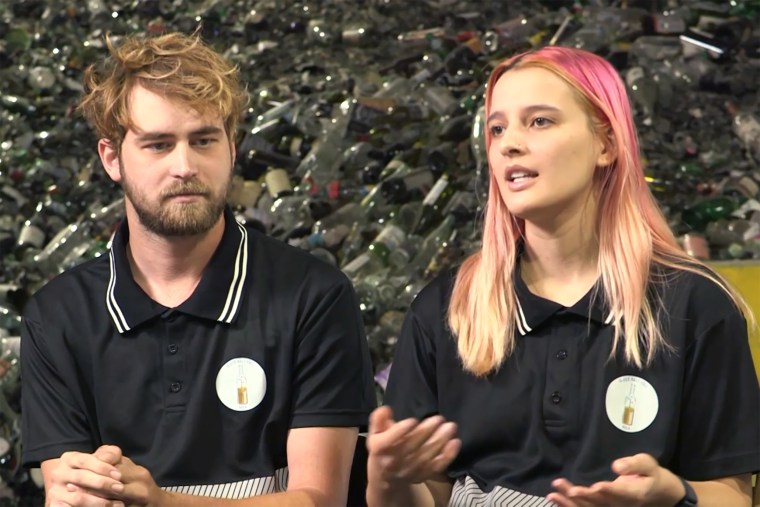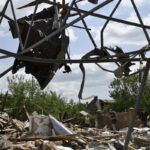Like many crazy ideas, a possible solution to the global sand shortage started over a bottle of wine.
Max Steitz and Franziska Trautmann, partners in a New Orleans recycling plant, were talking about the shortage as they sipped their “two-buck Chuck” from Trader Joe’s two years ago.
They knew the world’s second most-used natural resource, a key component in roads, glass and even breast implants, was running out.
“We kind of pondered the destiny of that glass bottle,” said Steitz, co-founder and co-director of Glass Half Full along with Trautmann. “It was almost certainly doomed to a landfill where it would take about a million years to decompose. And for some reason, that night we were thinking about this profound problem, and we said, ‘OK, why not us?’”
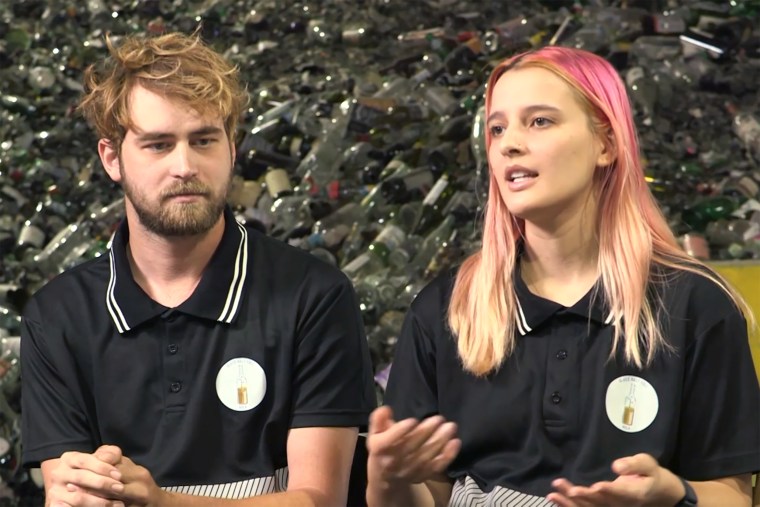
Fifty billion tons of silica sand are used every year, including in cellphones, computer screens and microchips — hence the name “Silicon Valley.” Of all the raw materials on Earth, only water is consumed more than sand.
And the granular substance is being mined faster than it can replenish itself. A U.N. report released last month warned that “immediate actions across all scales of governance are needed to avert a global crisis.”
The construction industry is a particularly heavy user of sand to make concrete, said Stephen Leatherman, a professor of earth and environmental science at Florida International University.
“Large buildings require thousands of tons of sand,” said Leatherman, who is also the director of the Laboratory for Coastal Research at Florida International University.
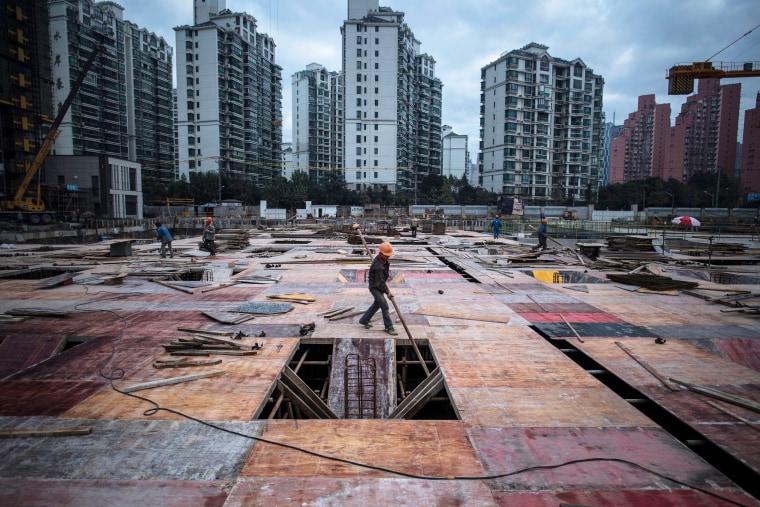
But not all sand is created equal. Desert sand is too round and smooth to create cement strong enough to hold together a building. Countries covered in desert sand, like the United Arab Emirates, have to buy sand from other places.
“It’s got to be high-quality sand, silicon dioxide,” Leatherman said.
Sand is mined around the world and regulated in some countries, including the U.S. But where it’s unregulated or under-regulated, people often extract it illegally. In India, for example, “sand mafias” sell sand on the black market, leaving some people injured and others dead. In Morocco, illegal sand mining has left many beaches bare.
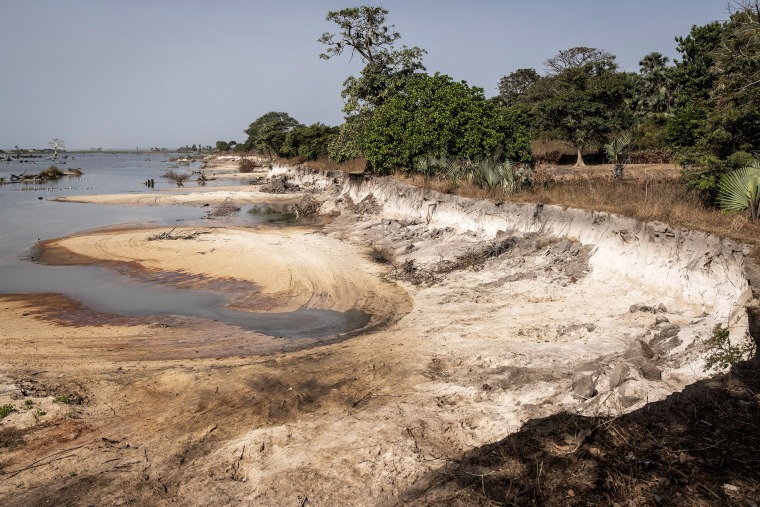
“There’s no sand — you’re down to rock,” Leatherman said. “They’re coming in with trucks on the beach, dumping the sand into the trucks, carrying them away.”
Rising sea levels caused by climate change also contribute to the shortage, he said.
Among its recommendations, the U.N. report suggests countries around the world ban sand mining from beaches and set global standards for mining in marine environments.
As nations focus on the big picture, companies like Glass Half Full are devising their own solutions — including the one envisioned that night over a bottle of wine. The recycling company now crushes glass collected from homes and businesses in New Orleans and turns it into sand that can be used to fill sandbags for disaster relief and in coastal restoration.
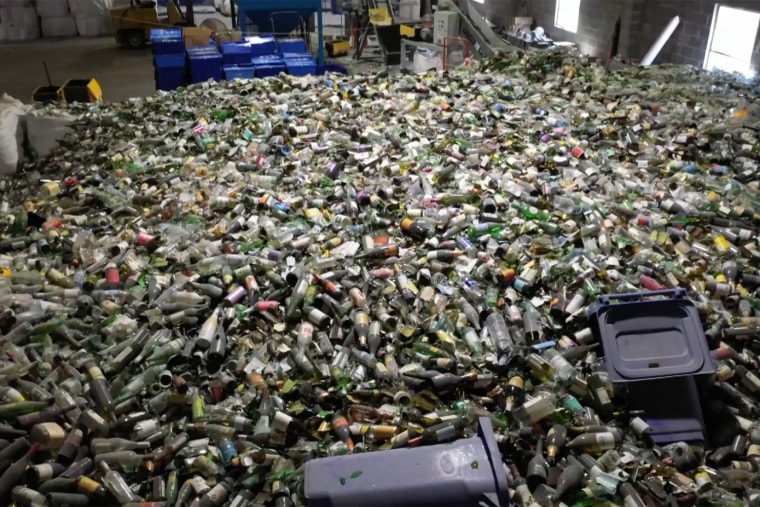
The issue is especially important in Louisiana, where the rate of wetlands loss is the highest in the nation, according to the U.S. Geological Survey.
Trautmann said: “Our main goal since starting was always to be able to combat this coastal erosion crisis that we have in Louisiana, where we’re losing a football field’s worth of land every 100 minutes.”

The company processes about two tons of glass an hour, but Trautmann and Steitz hope to one day recycle 10 times that amount, making it feasible to convert all the used glass in the state, and maybe beyond, into sand.
Any solution cannot come too soon, Leatherman said.
“Sand is a limited commodity,” he said. “And I think the sooner we recognize that, the better.”

